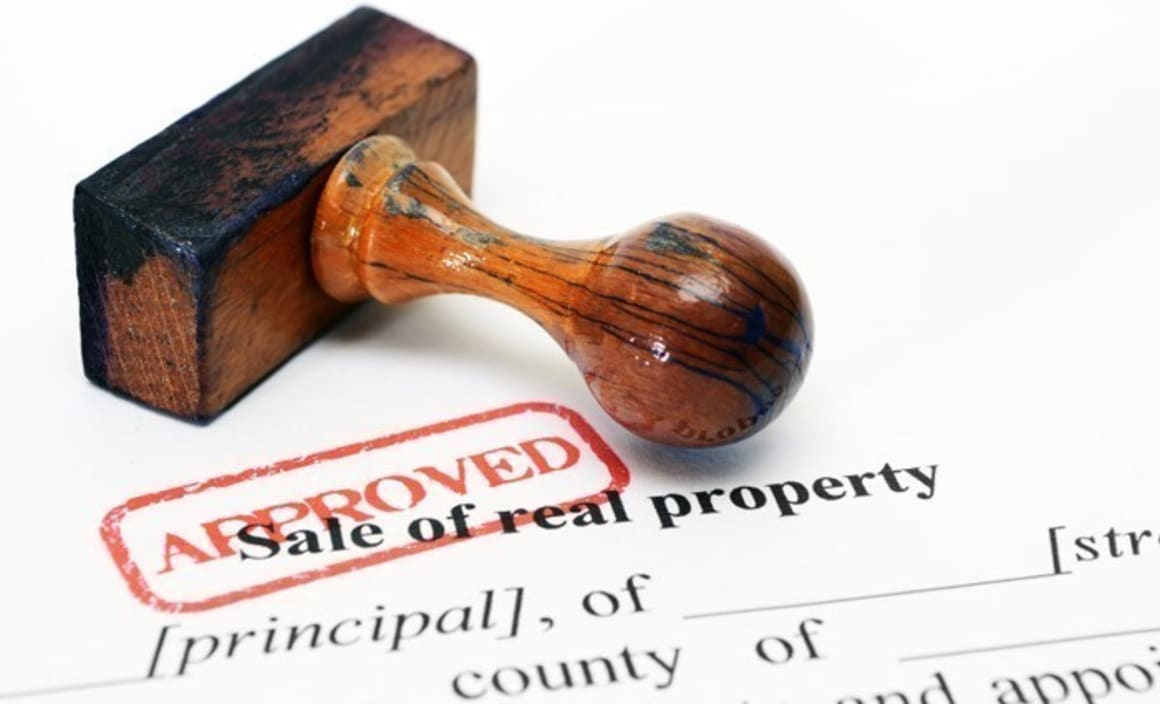NSW's stamp duty changes a good step, but further reform needed

Big taxation reforms are rare.
The stamp duty bracket creep changes announced this week by the NSW State Government were heralded as the biggest overhaul to stamp duty in three decades.
That was true because for 32 years our state treasurers have simply taken billions in stamp duty, securing around $1 out of every $5 the state government receives as revenue.
I recall writing the median stamp duty would rise to $1500 after Premier Barry Unsworth's 1986 budget, as the Labor government increased stamp duty on properties sold for more than $300,000 and $1 million to the new rates of 4.5% and 5.5% respectively.
The typical Sydney buyer now pays $42,000 duty for their acquisition.
NSW residents currently pay almost $7 billion annually in taxes to shift home - some $134 million in St Leonards, $88 million in Waterloo; Kellyville buyers paid $119 million, some $109 million paid in Mosman; Riverstone $94 million and $86 million in Parramatta.
The tax reform will cost the state budget about $185 million in the three years after the changes slowly take effect from July 1 next year.
The announcement by NSW Treasurer Dominic Perrottet that the rate of increase in stamp duty will be reduced was a headline opportunity rather than leadership, being a very small step towards greater reform, rather than seriously addressing the cost of housing.
The government noted the changes will cut the average amount of stamp duty per property transaction by around $500 by 2021, but the savings will rise over time, presumably especially when inflation gets into a gallop again.
Stamp duty is levied on residential property purchases using price brackets and rates that rise from 1.25% under $30,000 to 5.02% over $3 million. The brackets have remained largely unchanged since 1986 despite the increase in Sydney property prices since then from $80,000 to its current near $1 million median dwelling price.
Stamp duty has become a tax regime that holds up housing turnover and impedes employment mobility.
It is especially an issue as the tax discourages the ageing population nearing retirement from leaving large family homes occupied by only one or two people.
The announcement was noteworthy as NSW will be the first state to index stamp duty brackets to the CPI.
It is a small signal recognising that reform is needed.
An audit, by former NSW treasury secretary Michael Lambert, described stamp duty as the most inefficient of NSW state taxes.
It recommended a ‘stamp duty replacement tax’ be phased in to replace all property transfer duties.
The proposed replacement tax would be based on land values rather than market values of properties and would be payable annually instead of when properties change hands.
Treasurer Perrottet is open to further reform but emphasises any change would require the co-operation of the Commonwealth government and all the other states, given issues involving GST funds distribution.
The ACT government is phasing out stamp duty and replacing this with a land tax.
The Australian Capital Territory has Australia’s most efficient tax base – every dollar of revenue raised costs the economy just 21.9 cents.
New South Wales has the least efficient – every dollar of revenue raised costs the economy 29.7 cents.
It's time for the Federal Treasurer and Prime Minister to take up the issue at Council of Australian Governments and bang heads, just as Peter Costello and John Howard did with the GST some two decades ago.
This article first appeared in The Daily Telegraph.